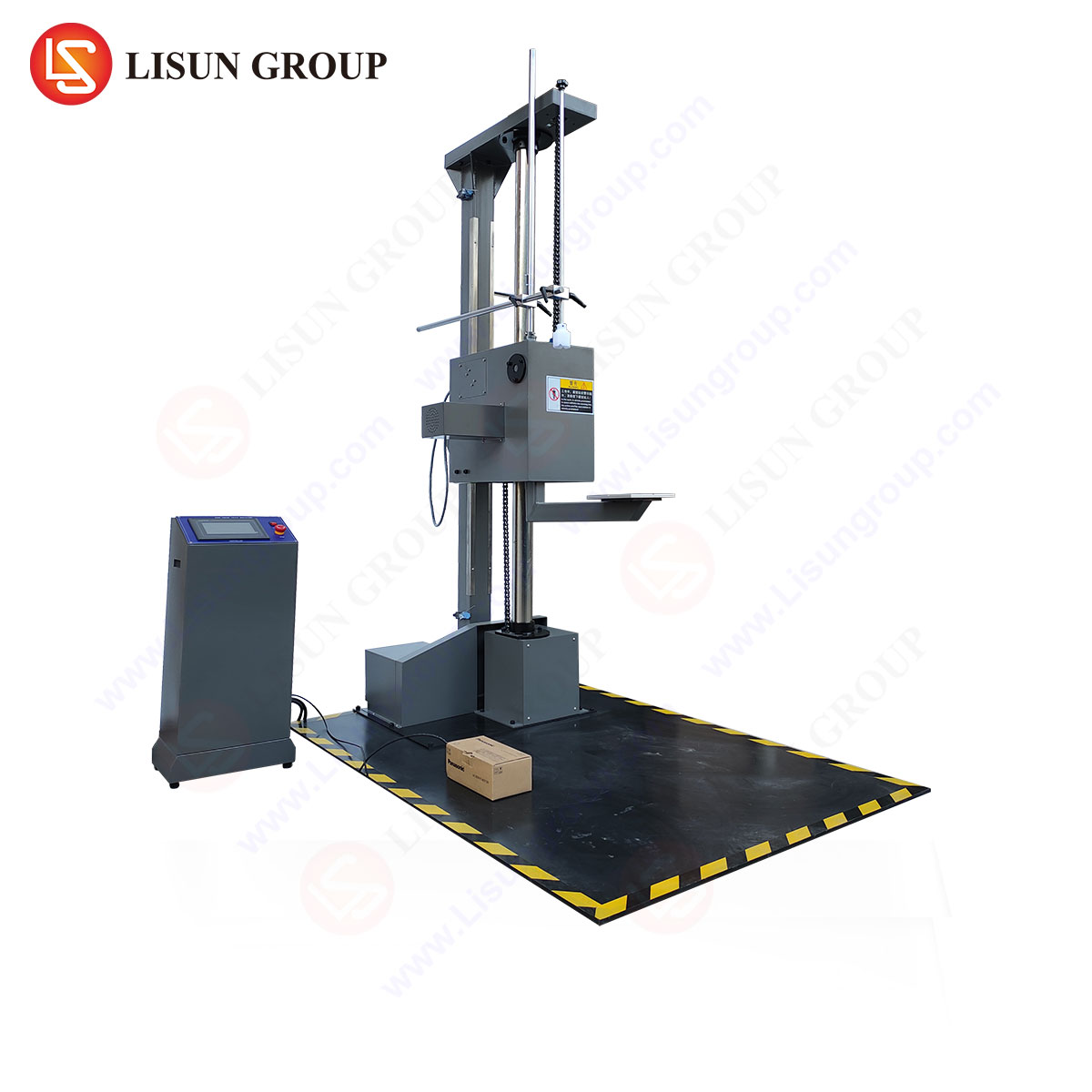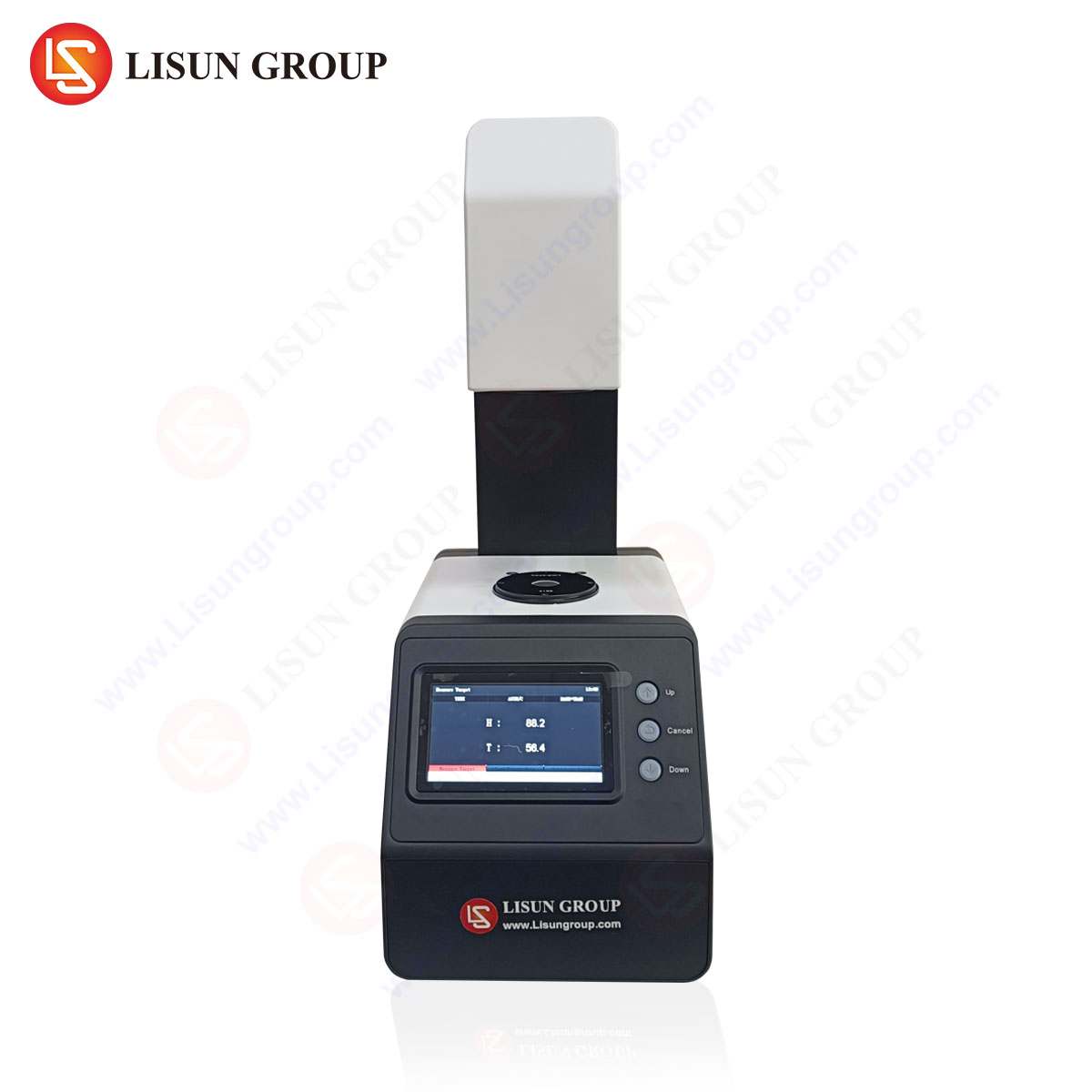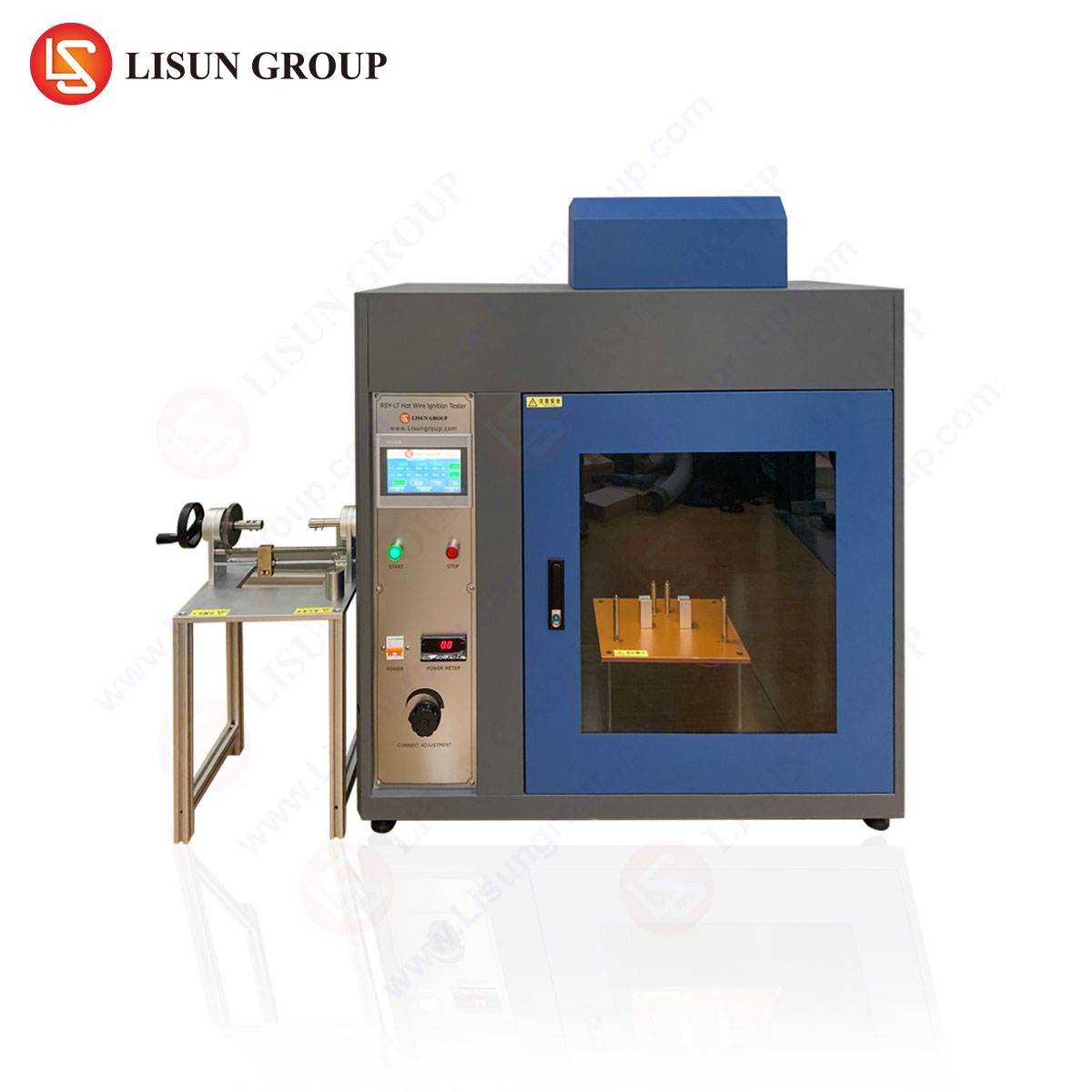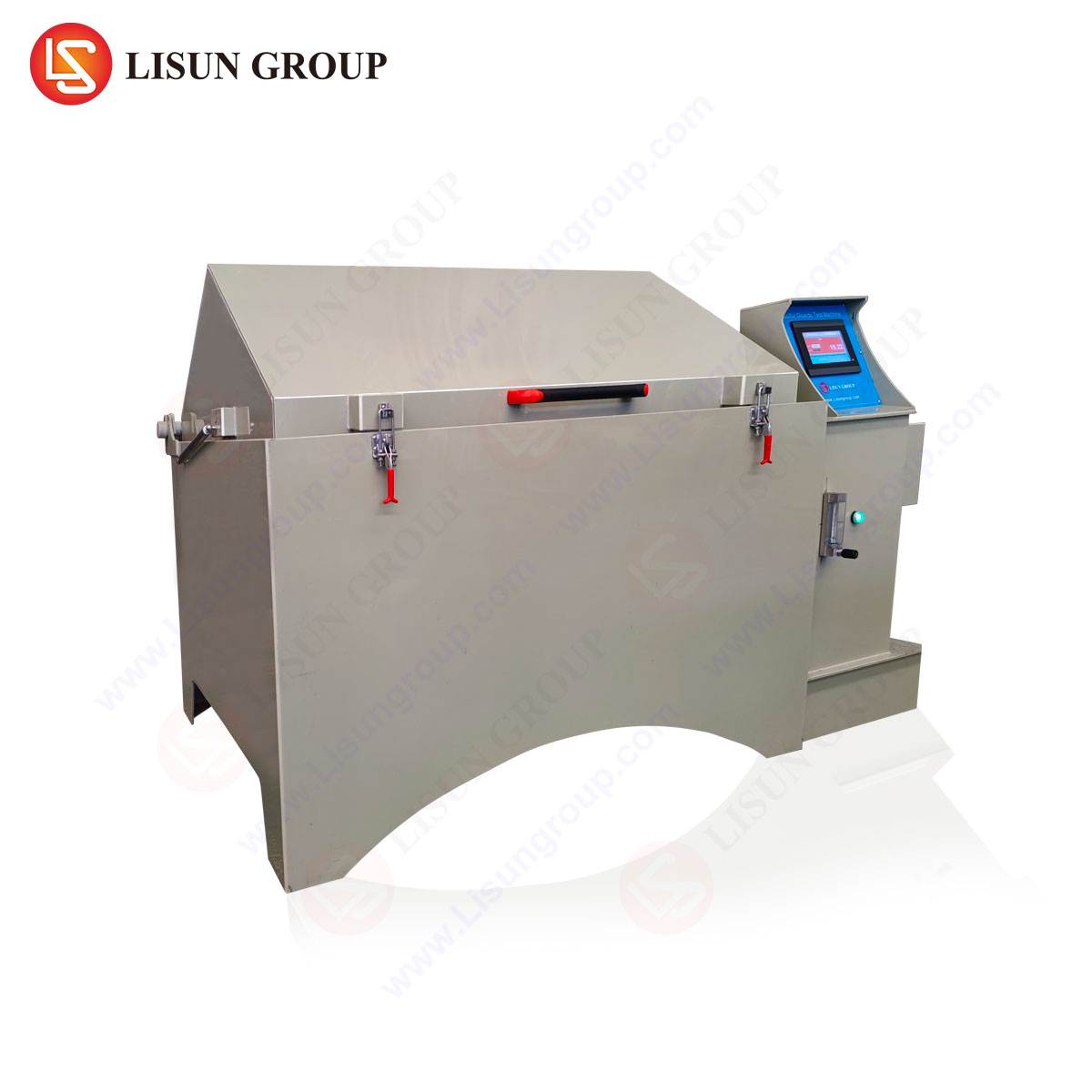An Analytical Examination of Haze and Transmission Measurement
In the realm of materials science and quality assurance for high-performance industries, the precise quantification of optical properties is not merely a matter of aesthetics but a critical determinant of functionality, safety, and compliance. Among the instruments dedicated to this task, the haze meter stands as a pivotal device for characterizing transparent and translucent materials. This article provides a comprehensive technical overview of haze meter functionality, its underlying principles, and its indispensable applications across a spectrum of advanced manufacturing sectors, with a specific focus on the capabilities of the LISUN HM-100 Haze and Turbidity Meter.
Fundamental Principles of Haze and Total Transmittance
Haze is formally defined as the percentage of transmitted light that, in passing through a specimen, deviates from the incident beam by more than 2.5 degrees on average. It is a specific quantification of the scattering effect caused by microscopic surface imperfections or internal inhomogeneities within a material. A material with high haze, such as frosted glass, appears cloudy or milky because a significant portion of transmitted light is scattered. Conversely, a material with low haze, like optical-grade polycarbonate, is perceived as crystal clear.
Total Transmittance (Tt), a complementary metric, is the ratio of the total luminous flux transmitted through a specimen to the incident flux. A complete optical characterization requires the measurement of both total transmittance and haze to distinguish between a material that is simply dark (low total transmittance) and one that is diffusely scattering (high haze). The measurement principle, as standardized by ASTM D1003 and ISO 14782, involves an integrating sphere. Light from a CIE standard illuminant, typically Illuminant C or D65, is directed onto the sample. The integrating sphere collects all transmitted light, and a photodetector measures first the total transmitted flux (with the light trap deployed to measure specular components) and then the diffuse transmitted flux. Haze is calculated as the ratio of the diffuse transmittance to the total transmittance, expressed as a percentage.
Operational Mechanics of Integrating Sphere Photometry
The core of a precision instrument like the LISUN HM-100 is its integrating sphere, a hollow spherical cavity coated with a highly reflective, spectrally neutral material such as barium sulfate or PTFE. This geometry ensures that light entering the sphere undergoes multiple diffuse reflections, creating a uniform irradiance on the sphere’s inner wall. A photodetector, mounted on the sphere’s wall, thus measures a signal proportional to the total flux entering the sphere, irrespective of the original angular distribution of that light.
The measurement sequence is a precisely choreographed process. Initially, the instrument performs a calibration with no sample present, establishing a 100% transmittance baseline. Subsequently, the sample is mounted at the sphere’s entrance port. The first measurement captures the total transmitted light (Tt). A key step follows: a light trap, or specular beam stop, is moved into position opposite the sample port. This trap absorbs the light that passes directly through the sample without significant deviation. The photodetector now measures only the diffuse transmittance (Td)—the light scattered by the sample and the sphere’s wall. Haze is then computed as (Td / Tt) * 100%. The LISUN HM-100 automates this entire sequence, ensuring high repeatability and eliminating operator-induced error.
Technical Specifications of the LISUN HM-100 Haze Meter
The LISUN HM-100 embodies the engineering required for laboratory-grade and production-line measurements. Its specifications are tailored for high precision and compliance with international standards.
- Measurement Parameters: Haze (%), Total Transmittance (Tt%), Diffuse Transmittance (Td%)
- Illuminant & Observer: Compliant with CIE C and D65 standard illuminants, and CIE 2° and 10° standard observers.
- Light Source: A long-life, tungsten halogen lamp with stable output.
- Integrating Sphere: Fabricated from high-reflectance Spectralon®, ensuring minimal signal degradation over time.
- Measurement Aperture: A standardized port size to accommodate a wide range of sample thicknesses and forms.
- Repeatability: Haze: ≤0.1%; Transmittance: ≤0.5% (for standard samples), a critical metric for quality control.
- Interface: A user-friendly color touchscreen for instrument control and data visualization, with capabilities for data export and statistical analysis.
This combination of a stable light source, a highly reflective integrating sphere, and sophisticated signal processing electronics allows the HM-100 to deliver data with the integrity required for critical material qualification.
Quality Assurance in Polymer and Component Manufacturing
The application of haze meters in the production of polymers and molded components is foundational. For materials used in electrical and electronic equipment and automotive electronics, such as polycarbonate and acrylic covers, haze is a direct indicator of material purity and processing consistency. Excessive haze can signal contamination, inadequate drying of resin prior to molding, or suboptimal processing temperatures that induce crystallinity or degradation. A switch or socket housing with high haze may be visually unappealing and could indicate compromised mechanical properties. The LISUN HM-100 provides the quantitative data needed to fine-tune injection molding parameters like melt temperature, cooling rate, and holding pressure to achieve the desired optical clarity.
In the domain of lighting fixtures, the control of haze is paramount for optical efficiency and user comfort. A diffuser cover with a precisely measured haze value ensures uniform light distribution, eliminating harsh glare and hotspots. Manufacturers use the HM-100 to validate that each batch of diffuser material meets the specified haze range, ensuring consistent performance across thousands of fixtures, from office LED panels to automotive headlamp covers.
Optical Clarity in Display and Interface Technologies
The proliferation of displays and touch interfaces in consumer electronics, office equipment, and medical devices has made haze measurement a non-negotiable part of the supply chain. A protective lens over a medical device display, for instance, must have exceptionally low haze to ensure that clinicians can read vital signs and data without distortion or loss of contrast. Similarly, the touchscreen on a industrial control system in a factory must remain clear and legible under various lighting conditions. The HM-100 is employed to qualify glass and plastic substrates, anti-reflective coatings, and adhesive layers used in display laminates. Even minor variations in haze can be detected, allowing for the rejection of sub-par components before they are integrated into high-value assemblies.
Specialized Applications in Safety and Aerospace
The requirements for optical components in aerospace and aviation components and certain classes of medical devices are exceptionally stringent. Canopies, cockpit displays, and sensor windows in aviation must maintain optical clarity under extreme environmental stress, including temperature cycling and UV exposure. Haze measurement is used not only for initial qualification but also as part of accelerated life testing, monitoring the increase in haze as a metric for material degradation. For medical devices, particularly those involving laser delivery or optical imaging, internal haze within a component can scatter light, reducing the efficacy of a surgical laser or degrading the resolution of an endoscopic camera. The precision of the HM-100 is critical for verifying that components meet the exacting specifications required for these life-critical applications.
Material Degradation and Durability Testing
Haze is a highly sensitive indicator of material degradation. Exposure to UV radiation, chemicals, or thermal stress can cause micro-crazing, oxidation, or phase separation within a polymer, all of which manifest as an increase in haze. In the automotive electronics sector, for example, a plastic lens for an interior sensor may be tested for its resistance to UV light from the sun. By periodically measuring the haze of test coupons in a weathering chamber with the HM-100, engineers can quantify the degradation rate and predict the service life of the component. This data is vital for ensuring that a component housed within a dashboard remains optically functional for the lifetime of the vehicle.
Advantages of Automated Measurement Systems
The transition from manual, calculation-heavy measurement processes to automated systems like the LISUN HM-100 represents a significant advancement in laboratory efficiency and data integrity. The instrument’s automated calibration sequence, combined with its high repeatability, eliminates a major source of experimental error. The built-in software not only calculates haze and transmittance but also allows for the creation of pass/fail criteria, batch reporting, and statistical process control (SPC) charting. This enables seamless integration into a quality management system, allowing for real-time monitoring of production quality and rapid identification of process drift in the manufacturing of telecommunications equipment or electrical components. The ability to store calibration data and measurement results for traceability is essential for audits and compliance in regulated industries.
Frequently Asked Questions (FAQ)
Q1: How does the LISUN HM-100 compensate for minor surface scratches or dust on a sample, which could artificially inflate the haze reading?
While the instrument is designed to measure bulk and surface scattering, it is not immune to significant contamination. The standardized measurement geometry and aperture size are designed to provide a representative average of the sample’s optical properties. For consistent results, samples should be clean and free of major surface defects. The high repeatability of the HM-100 allows operators to establish a baseline for acceptable surface quality. For critical measurements, a controlled cleaning protocol is recommended prior to testing.
Q2: Can the HM-100 measure materials that are highly colored or have very low transmittance?
Yes, the instrument is capable of measuring colored materials. The measurement of haze is a ratio of diffuse to total transmittance, and this relationship holds true regardless of the sample’s color, provided the total transmittance is sufficient for the photodetector to obtain a stable reading above the noise floor. For very dark materials where transmittance is extremely low, the signal-to-noise ratio may decrease, potentially affecting accuracy. The HM-100’s stable light source and sensitive detector are optimized for a wide dynamic range.
Q3: What is the difference between haze and turbidity, and can the HM-100 measure both?
Haze is a property of solid materials, defined by the angular deviation of transmitted light (>2.5°). Turbidity is a related concept typically applied to liquids, describing the cloudiness caused by suspended particles. While the underlying physics of light scattering is similar, the measurement standards and units differ. The LISUN HM-100, as a Haze and Turbidity Meter, is equipped with methodologies and calibrations to perform both types of measurements, making it versatile for labs that test both solid polymers and liquid samples like cleaning solvents or lubricants used in component manufacturing.
Q4: How often should the HM-100 be calibrated, and what does the process entail?
Calibration frequency depends on usage intensity and the requirements of the quality standard being followed (e.g., ISO/IEC 17025). For most laboratory environments, an annual calibration by an accredited service is recommended. However, the instrument features user-friendly daily verification routines using certified reference standards with known haze and transmittance values. This routine ensures the instrument remains within its specified tolerances between formal calibrations. The HM-100’s software often guides the user through this verification process.






